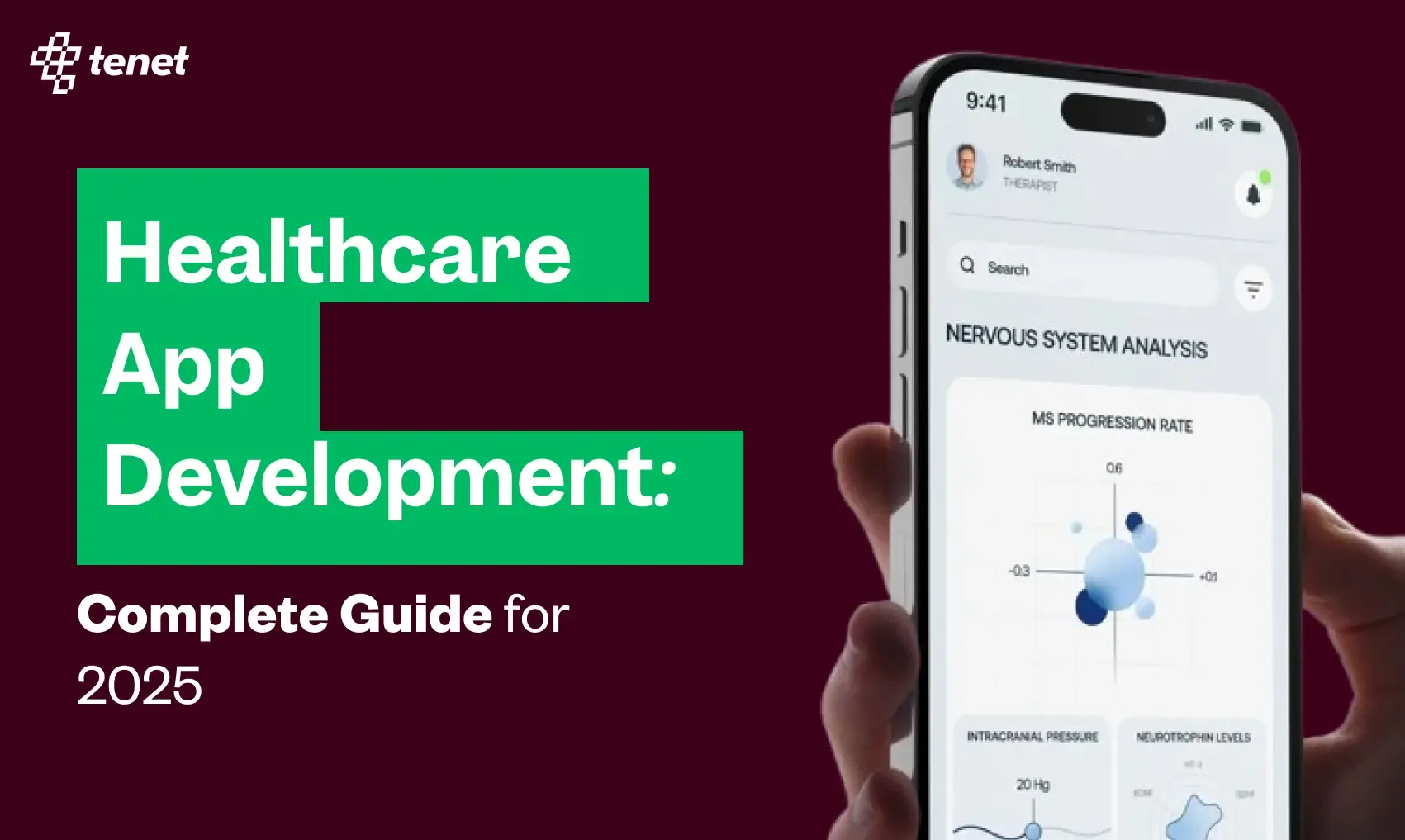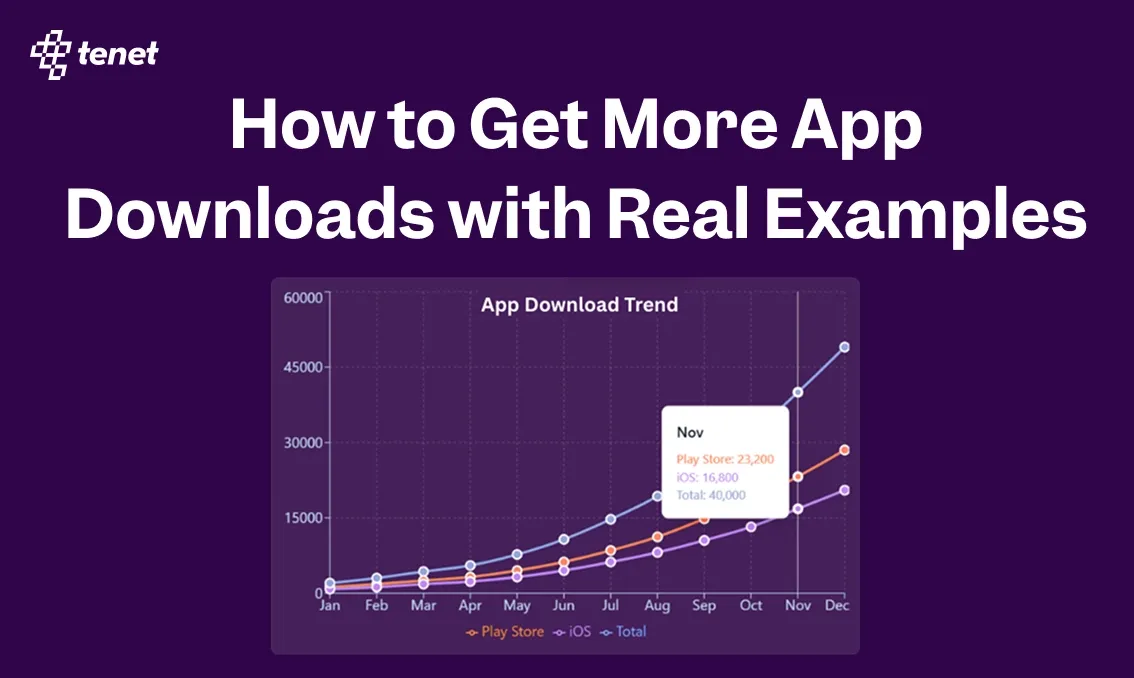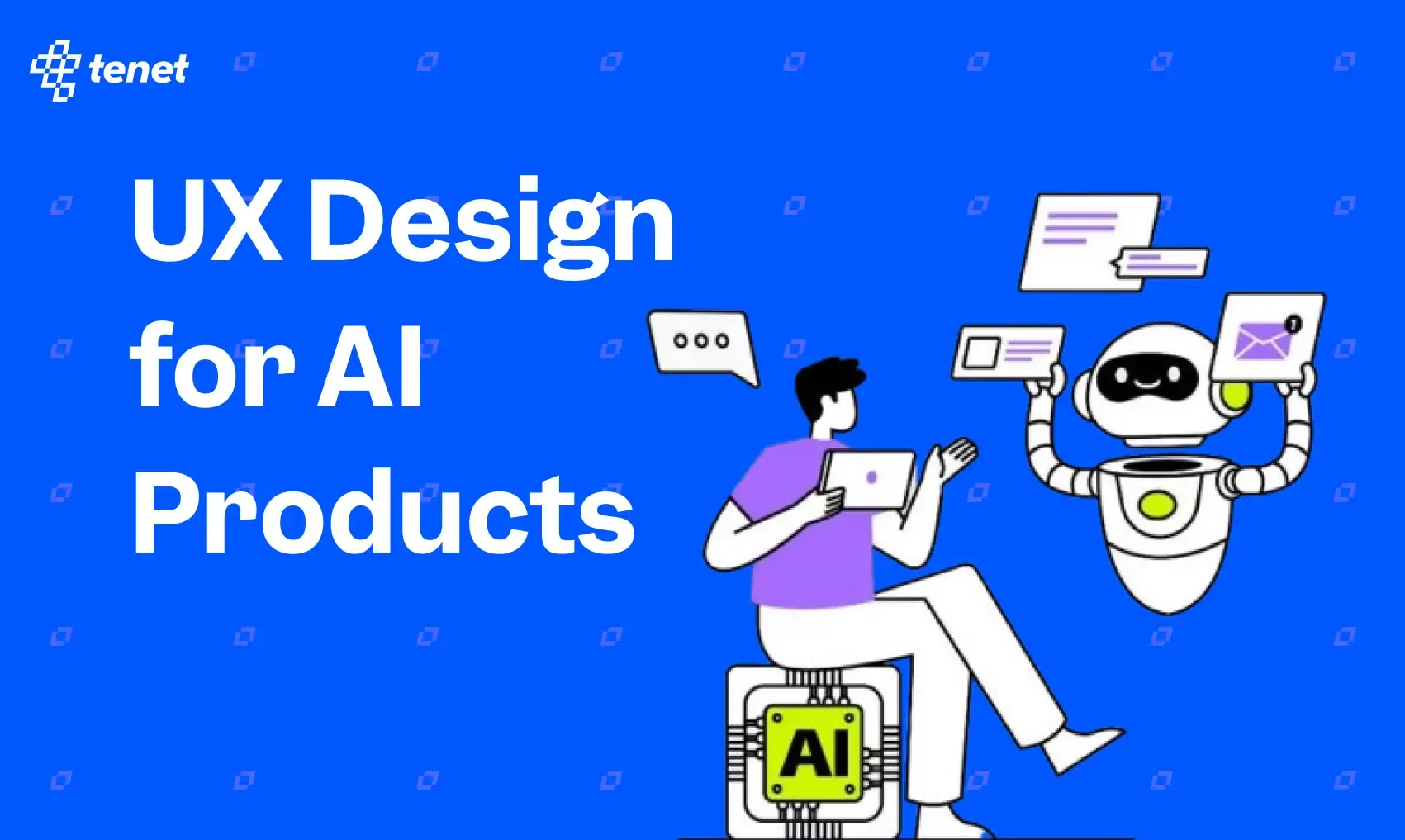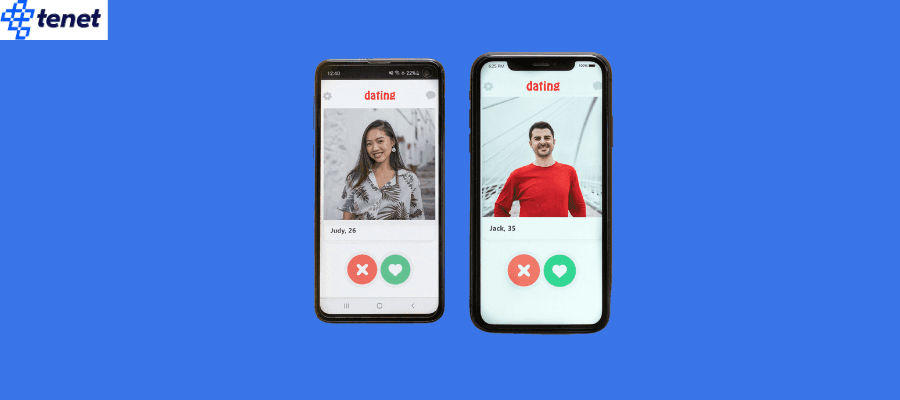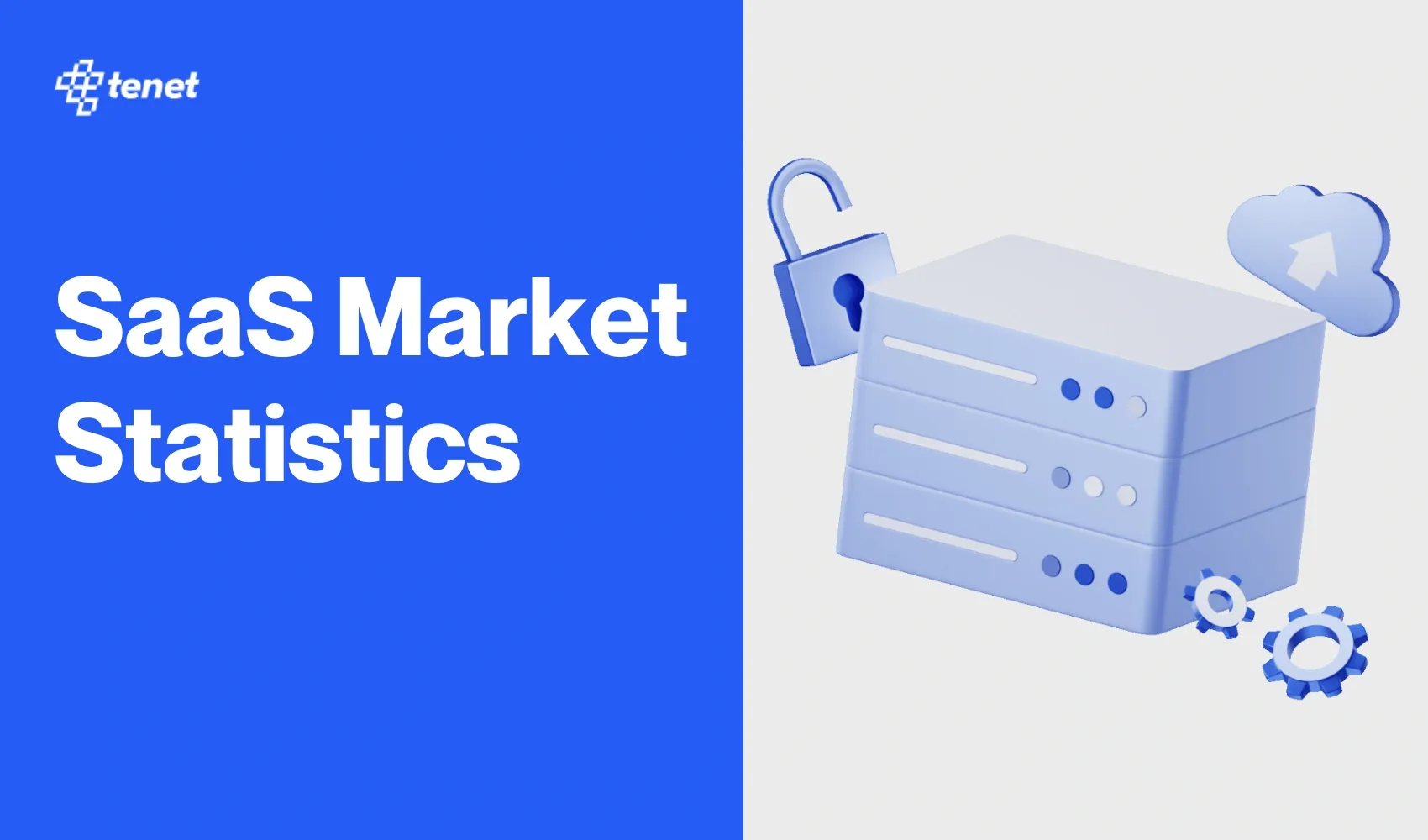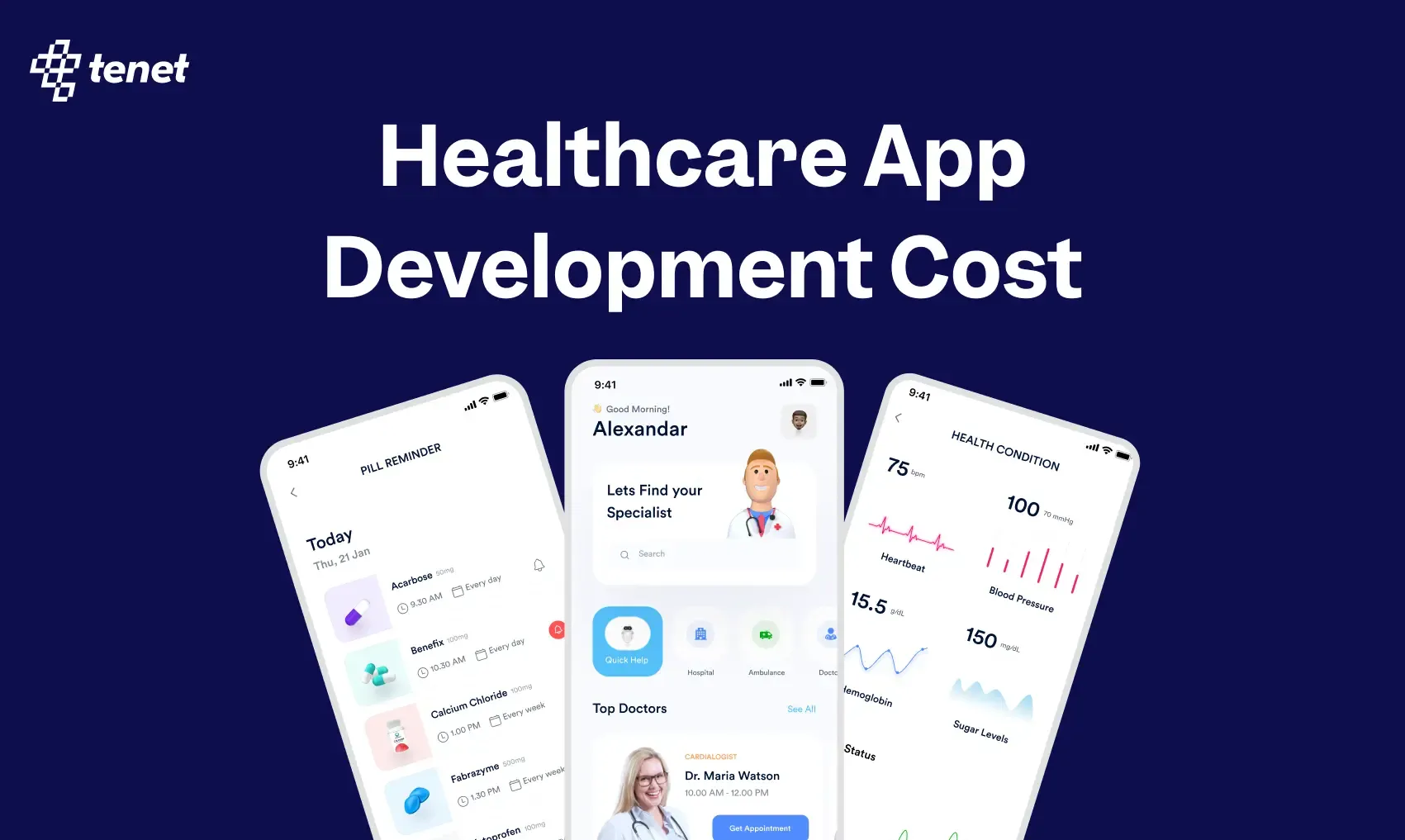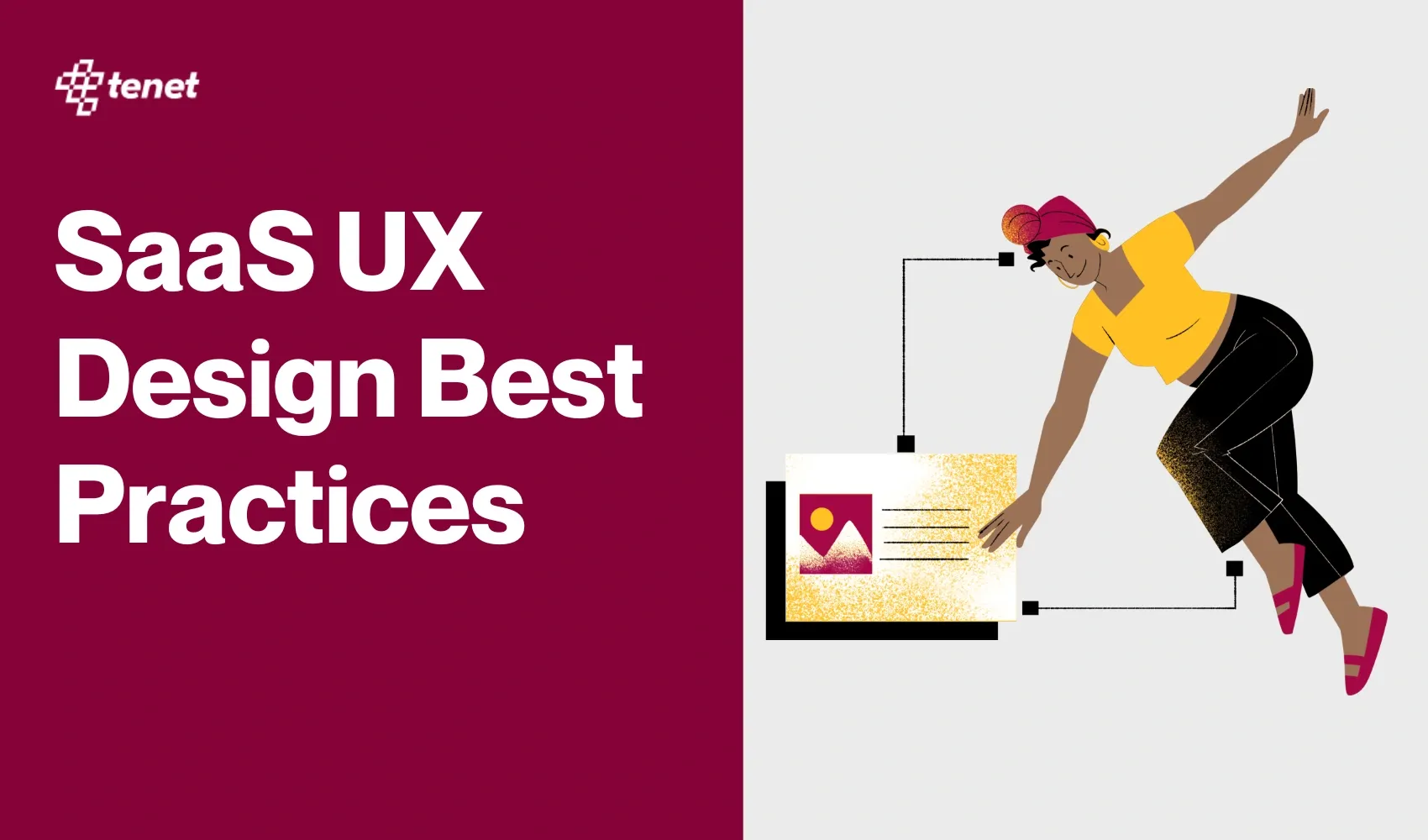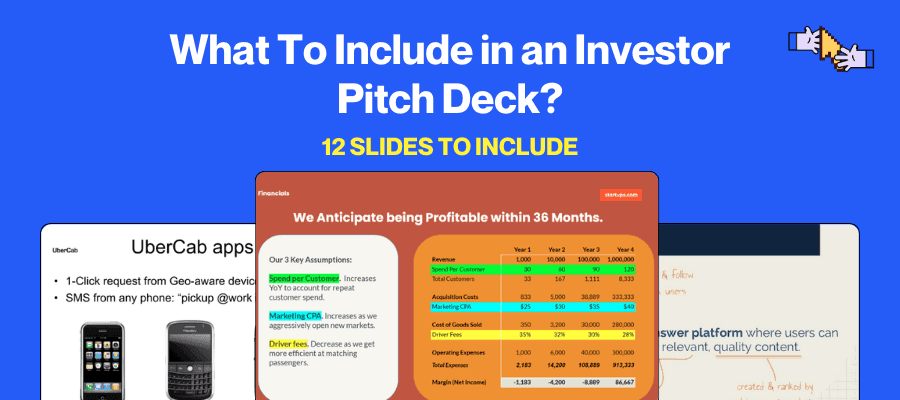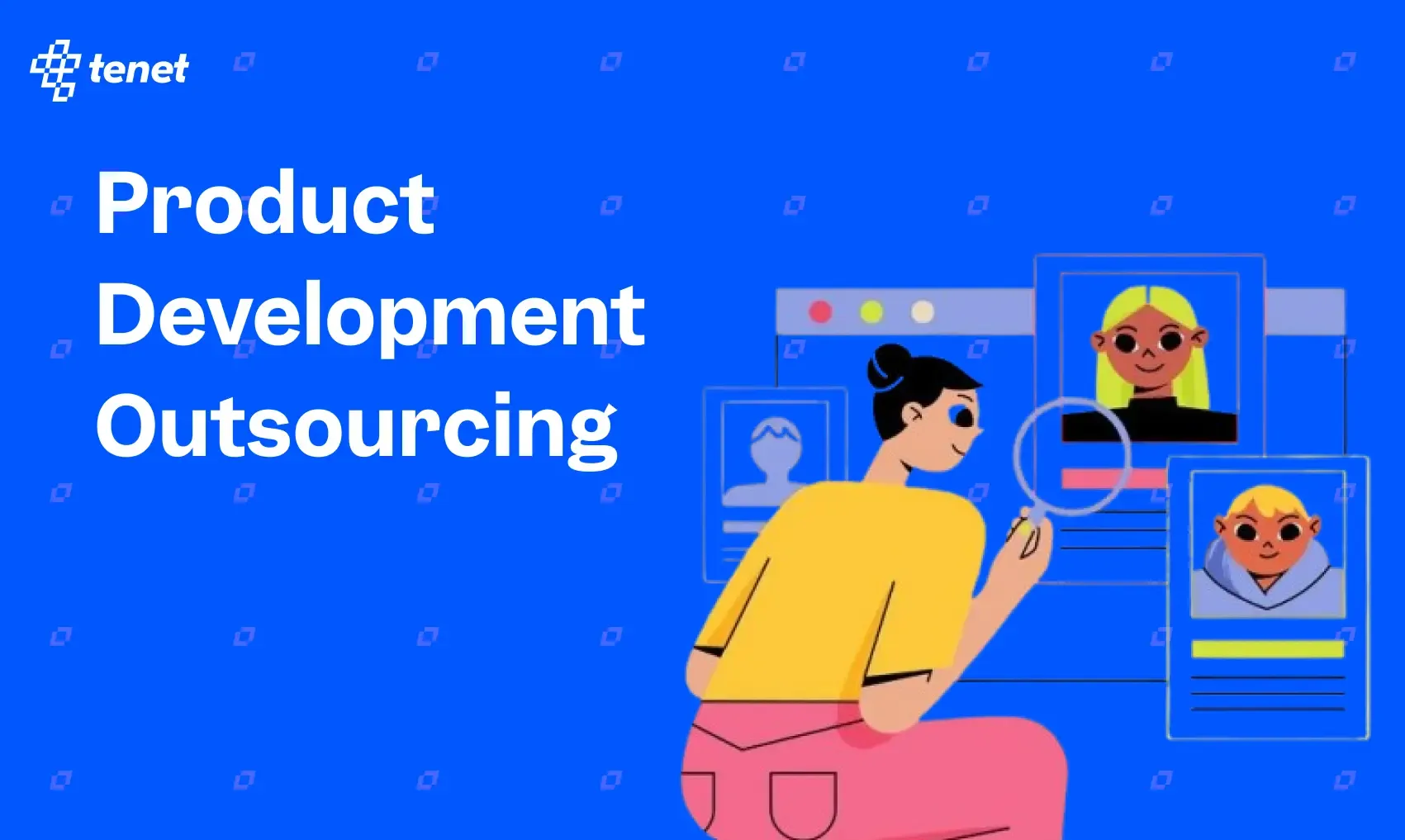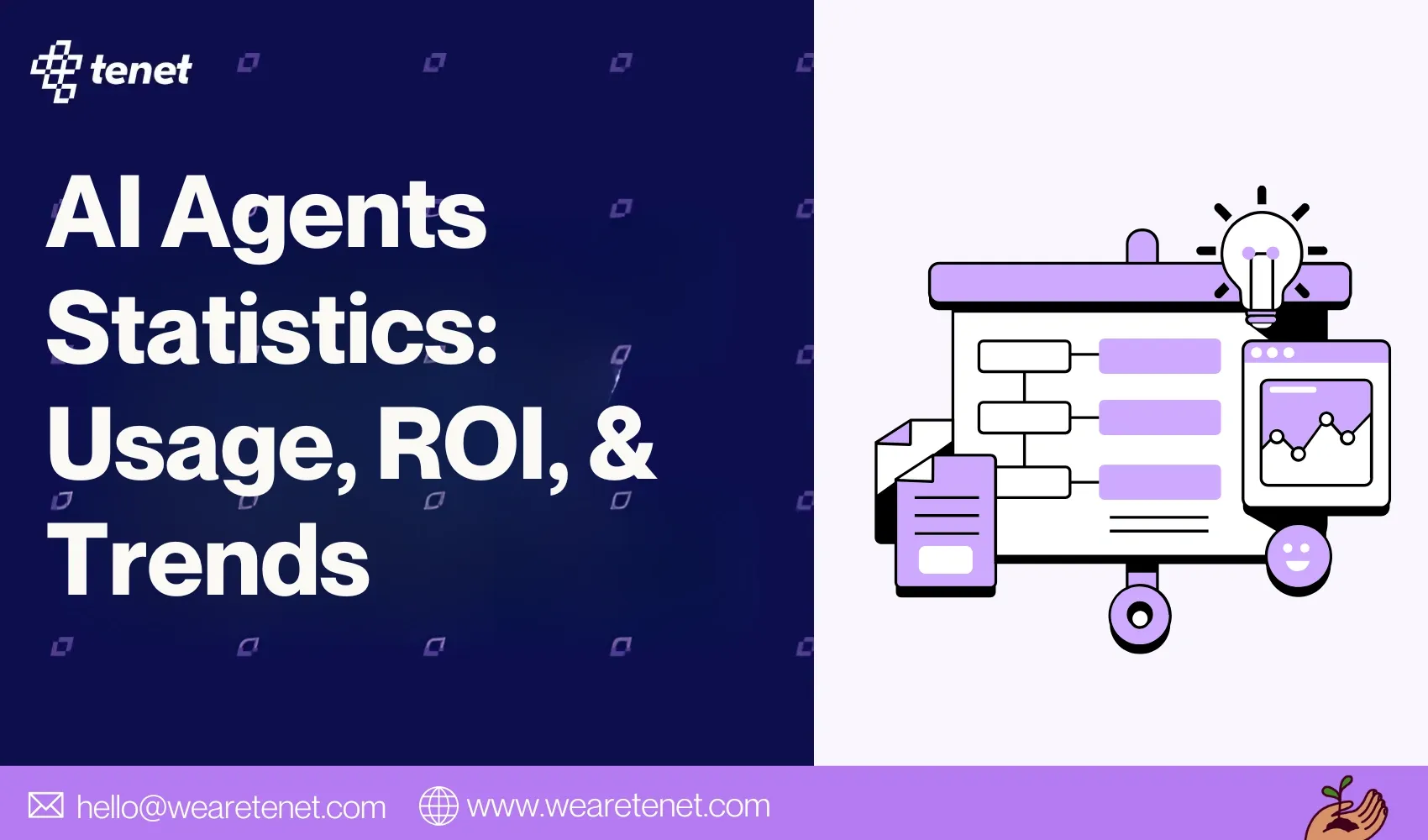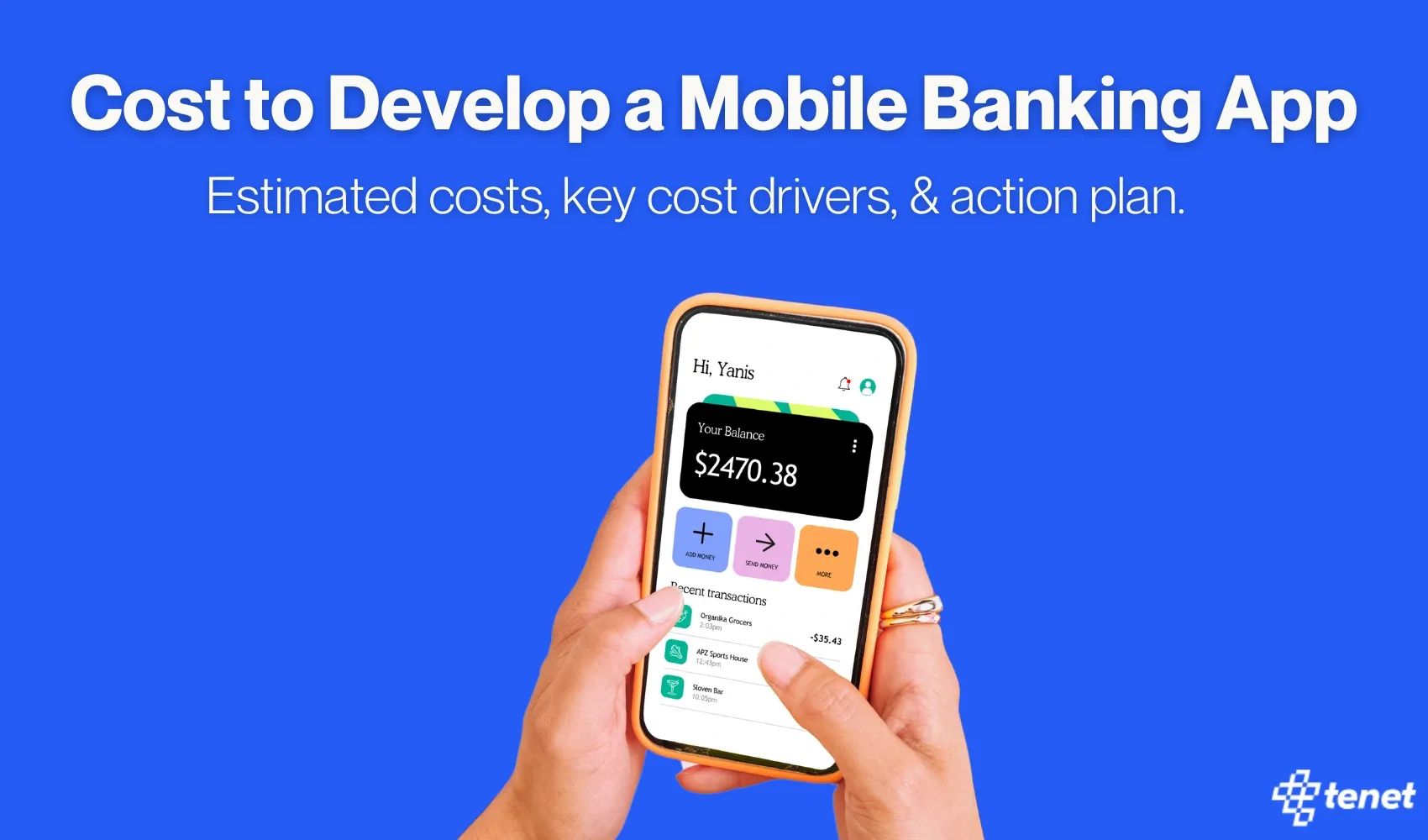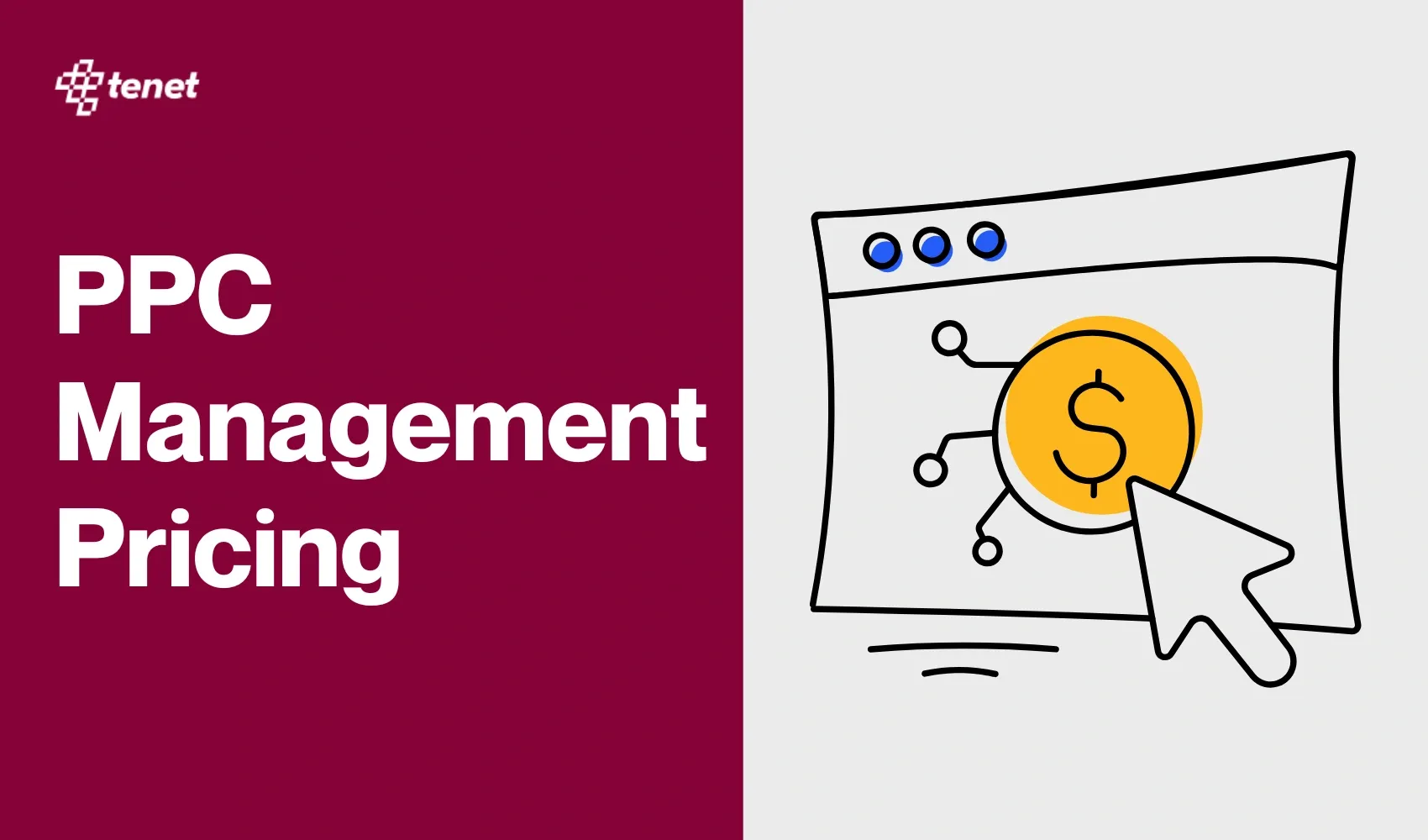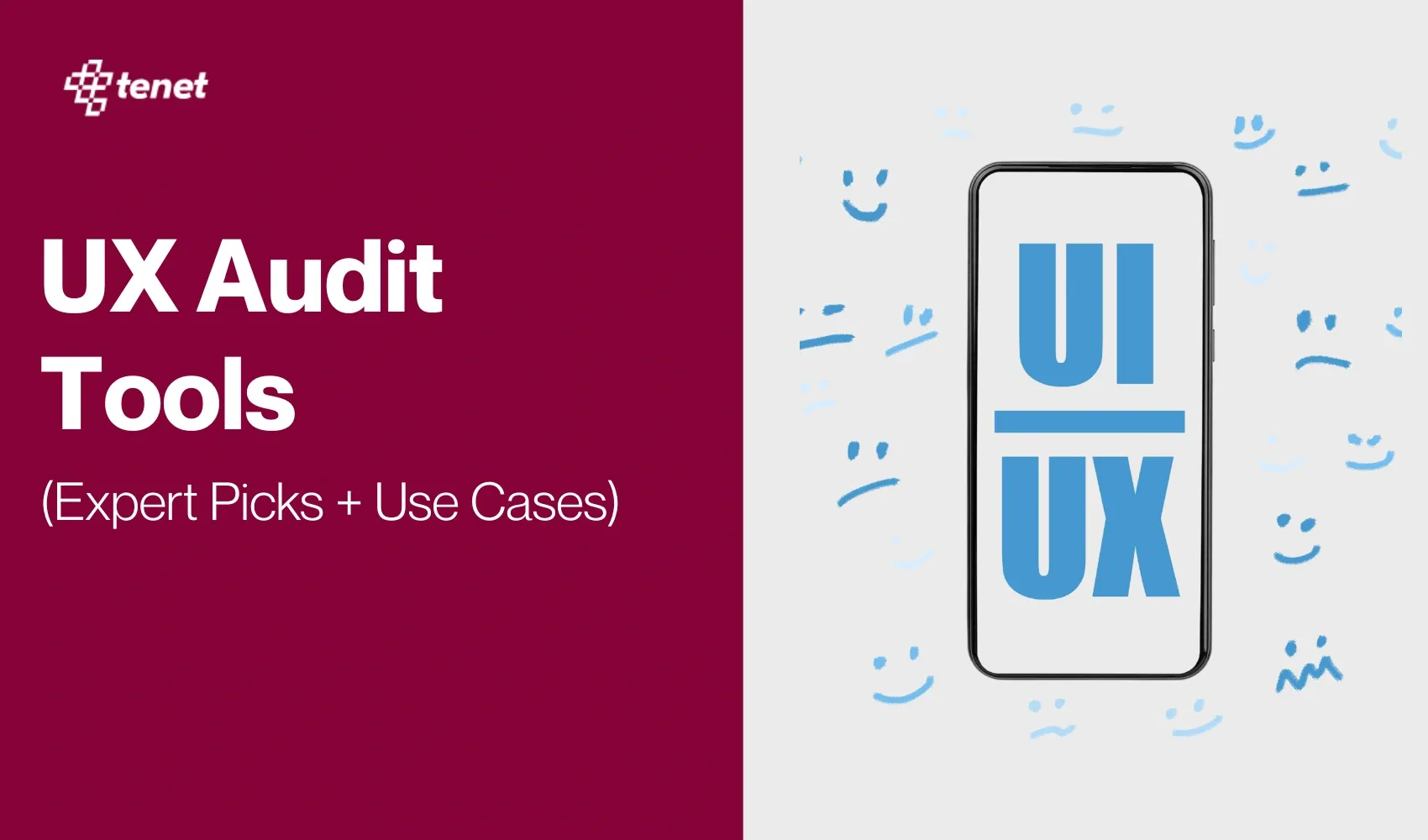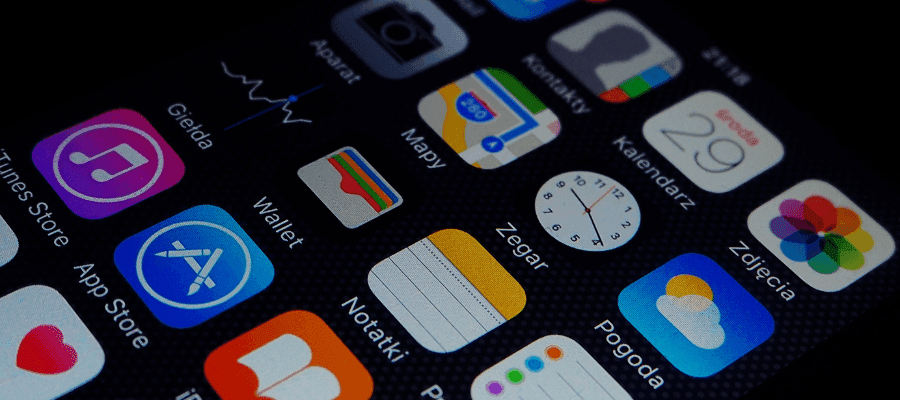What is the Taxi Booking App Development Cost in Dubai?
Share
Share
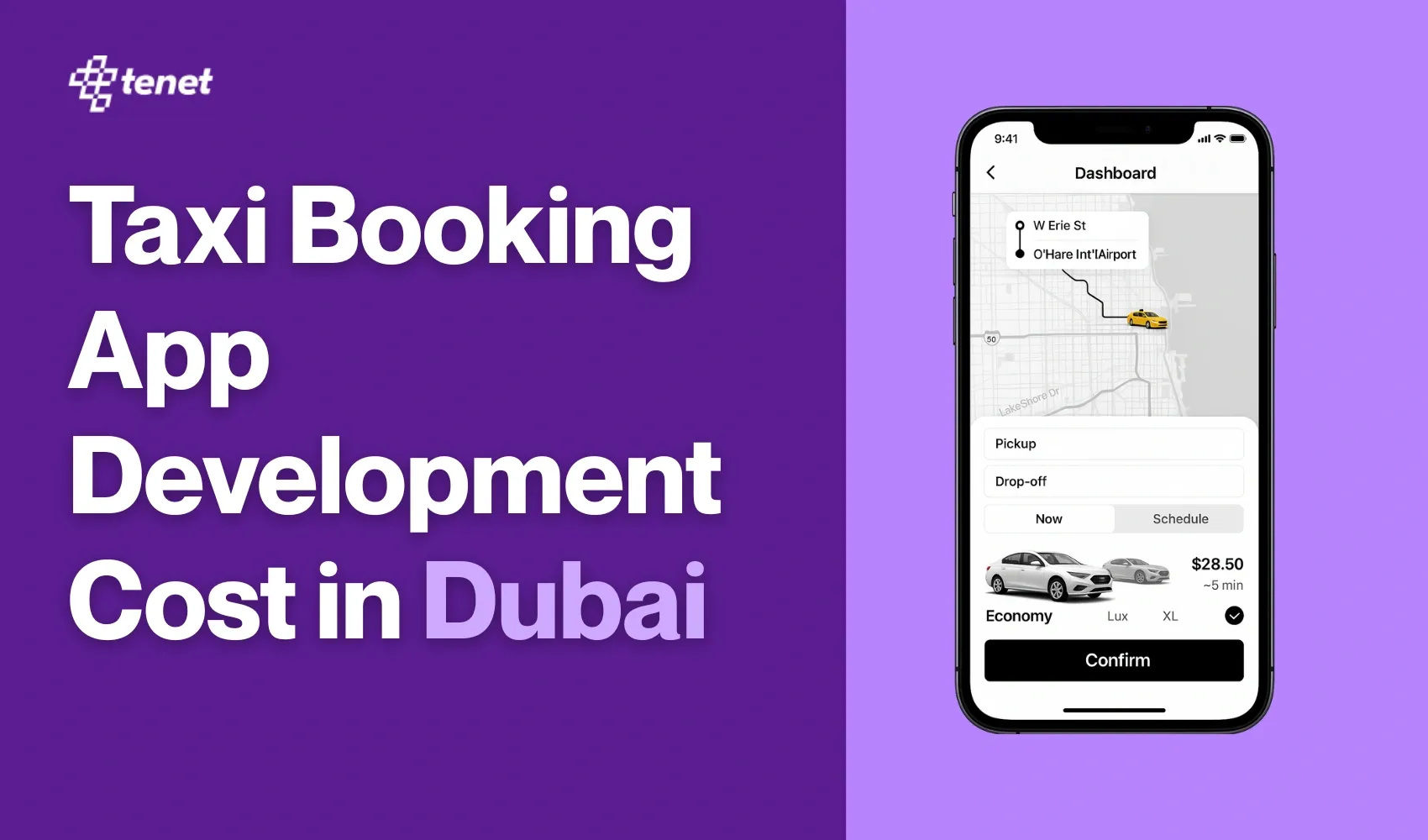
Planning to launch a taxi booking app in Dubai?
This guide gives you a complete cost breakdown for 2025 covering Android, iOS, desktop, and cross-platform apps.
You’ll also learn how core features like GPS tracking, multi-language support, secure payments, and RTA compliance directly impact your budget.
What is a taxi booking app?
A taxi booking app is an app that assists individuals in locating and booking their rides with local drivers via GPS. Through the app, passengers can track the location of their driver, request a ride, and pay.
Such apps tend to give useful features such as estimated fare, driver opinions and customer service. For many people, using a taxi app is now an easier and safer way to get around the city compared to regular taxi services.
Some of the best examples of taxi booking apps are Hala Taxi, Uber, and more. ( If you want to develop a successful taxi app, do check out our blog “How to make an app like Uber”)
Here is an image of Uber’s dashboard showing how we can easily book and select a taxi:
👉 Explore our app development relevant services in Dubai
- Android App Development Solutions in Dubai
- iOS App Development Services in Dubai
- Cross-Platform App Development Services in Dubai
- Custom Mobile App Development Services In Dubai
What Features Are Included in a Taxi Booking App?
1. Booking and Scheduling options
A taxi booking application enables its users to make a reservation through the app immediately or in the future. The user can drop and collect their points, choose the vehicle type and book it effortlessly.
It is also incredibly helpful to pre-schedule trips when it is important, such as the airport arrival, meetings, etc., so that there will be a driver ready to pick you up.
This flexibility gives users control over their travel plans and reduces waiting times, making the app convenient for both unplanned and planned journeys.
Here’s an image showing an app offering flexible booking choices, allowing users to request a ride immediately or conveniently schedule it for a later time.
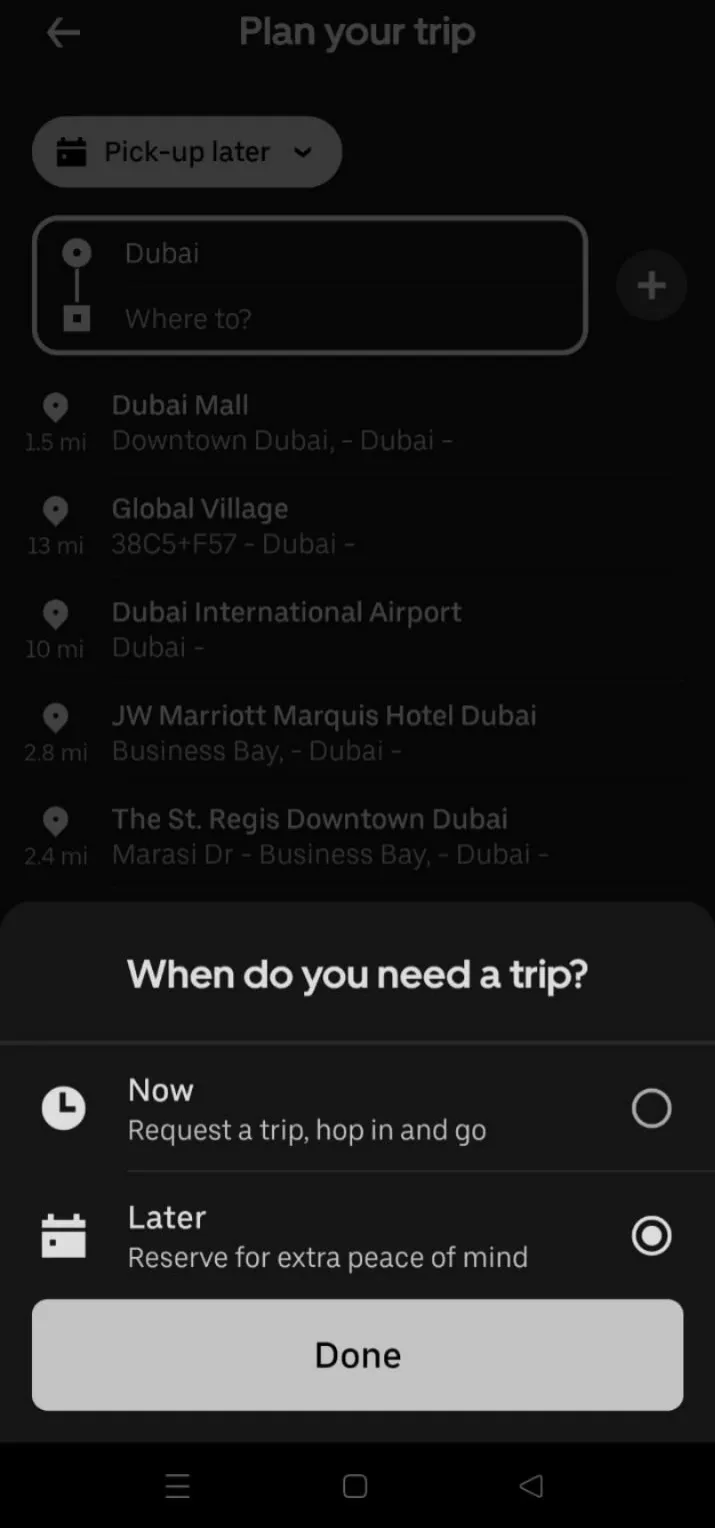
2. Real Time GPS Tracking
Real-time GPS monitoring helps to see the current routes and time of pickup and dropping in a real-time map. This feature helps users know when their ride will arrive and reduces confusion about pick-up points. GPS navigation helps drivers in locating optimal routes and avoiding traffic.
Also, the passengers are able to share their information with chosen people so as to have extended safety. This tracking feature increases trust, communication and makes the ride experience more comfortable and secure for everyone involved.
Here is an image showing the real-time GPS tracking in the taxi app:

3. Various Forms of Payments
The taxi-booking apps provide various payment options to suit different user preferences. Users can pay using credit or debit cards, mobile wallets, or cash, making the service accessible to a wider audience.
All payments occur through an in-app secure checkout and digital receipts are sent after every trip to make it great to keep the records. Multiple payment modes will make the usage more convenient and reliable, and the passengers will not have any issues regarding the choice of their most suitable option.
The below screenshot represents flexible payment options and detailed digital receipts for every completed trip in the taxi app, ensuring transparent transaction records.
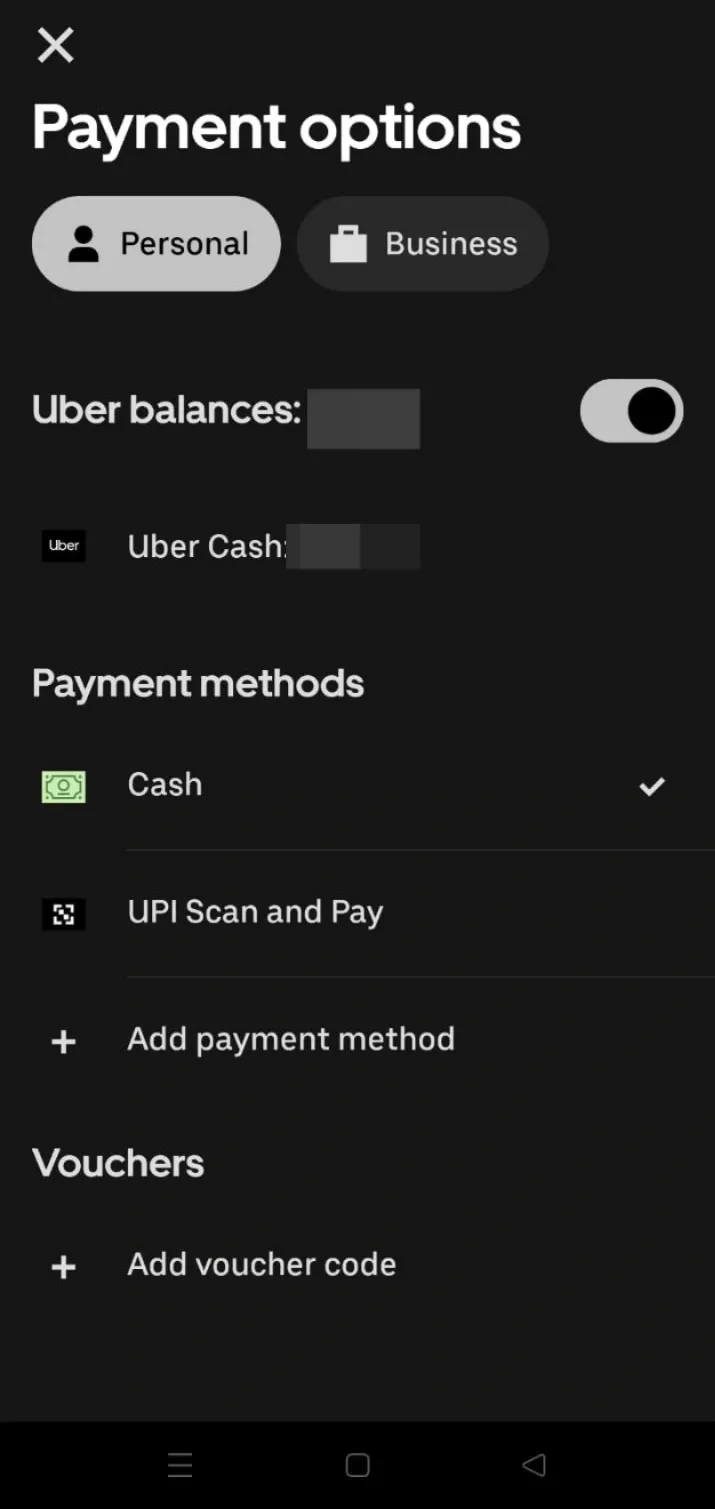
4. Driver & Vehicle Profiles
Up to the beginning of a ride, passengers can see detailed information about the driver and the vehicle. This involves the name, photo of the driver, rating and all the details about the car, including model and the license plate number.
This information assists in confirming of ride by the passengers and makes them feel safer. It also implies that drivers will be encouraged to render high standards of service, because users can see their performance and rating.
Such openness develops a sense of trust and enhances the general security and reliability of the service.
Here is an image showing how users can view detailed driver profiles, including their experience level, ratings, driving skills, and verification status, fostering transparency and trust.
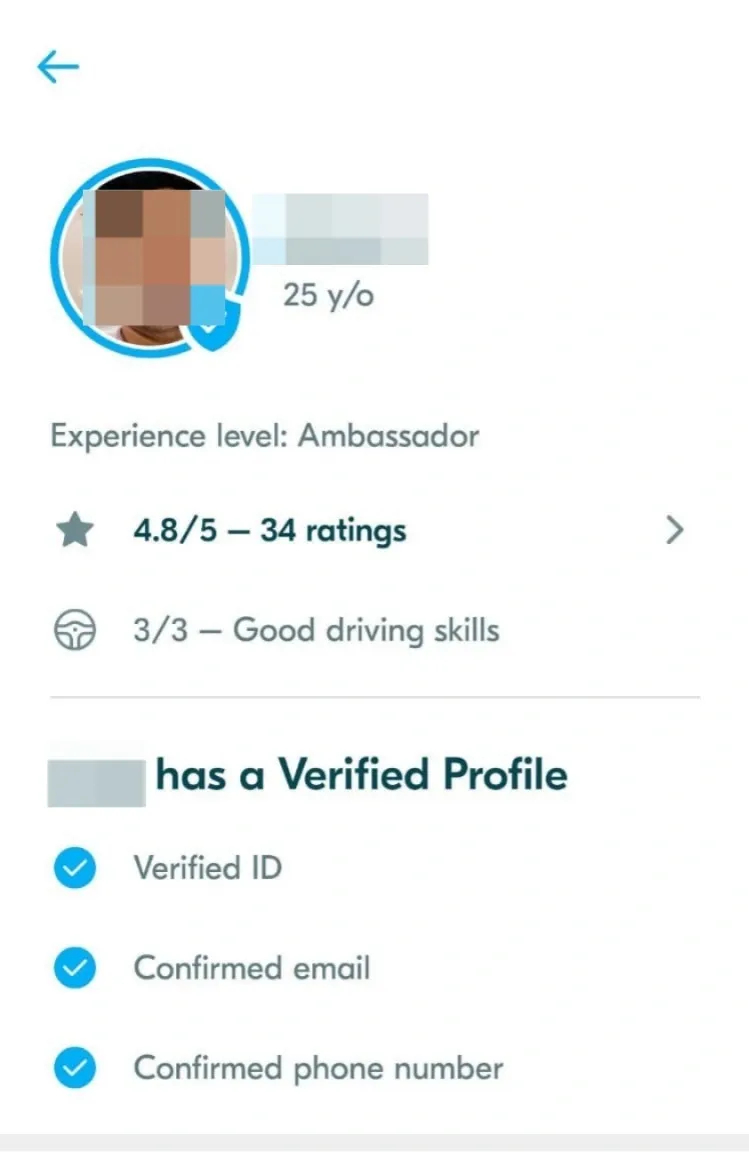
5. In-App Communication
The application features have inbuilt communication channels that enable the passengers and drivers to communicate directly between themselves. Communicators do not exchange personal phone numbers when exchanging messages or calling each other via the app.
This assists in making clarifications of where to find pick-up, delays, or making special instructions. Effective and confidential communication eliminates most misunderstands and makes the pick-up/drop-off process smoother and more convenient, and efficient for both sides.
This image shows how users can communicate with the driver in the app:

6. Estimation of fare and Surge pricing
Before a reservation is made, the user is given an approximate price dependent on the distance and estimated time of the trip. This type of pricing assists passengers in making sound choices and avoids being caught by surprise.
Under high demand or during the rush season, the app might impose surge pricing, meaning you’ll pay a bit more to get a ride faster. Users are also notified about any price increases before confirming their booking.
This type of system ensures a balance of supply and demand, and at the same time is transparent so that there is availability of the rides when people need them.
This visual shows how the app provides users with immediate fare estimations across various ride options, allowing them to choose a service that best fits their needs and budget:
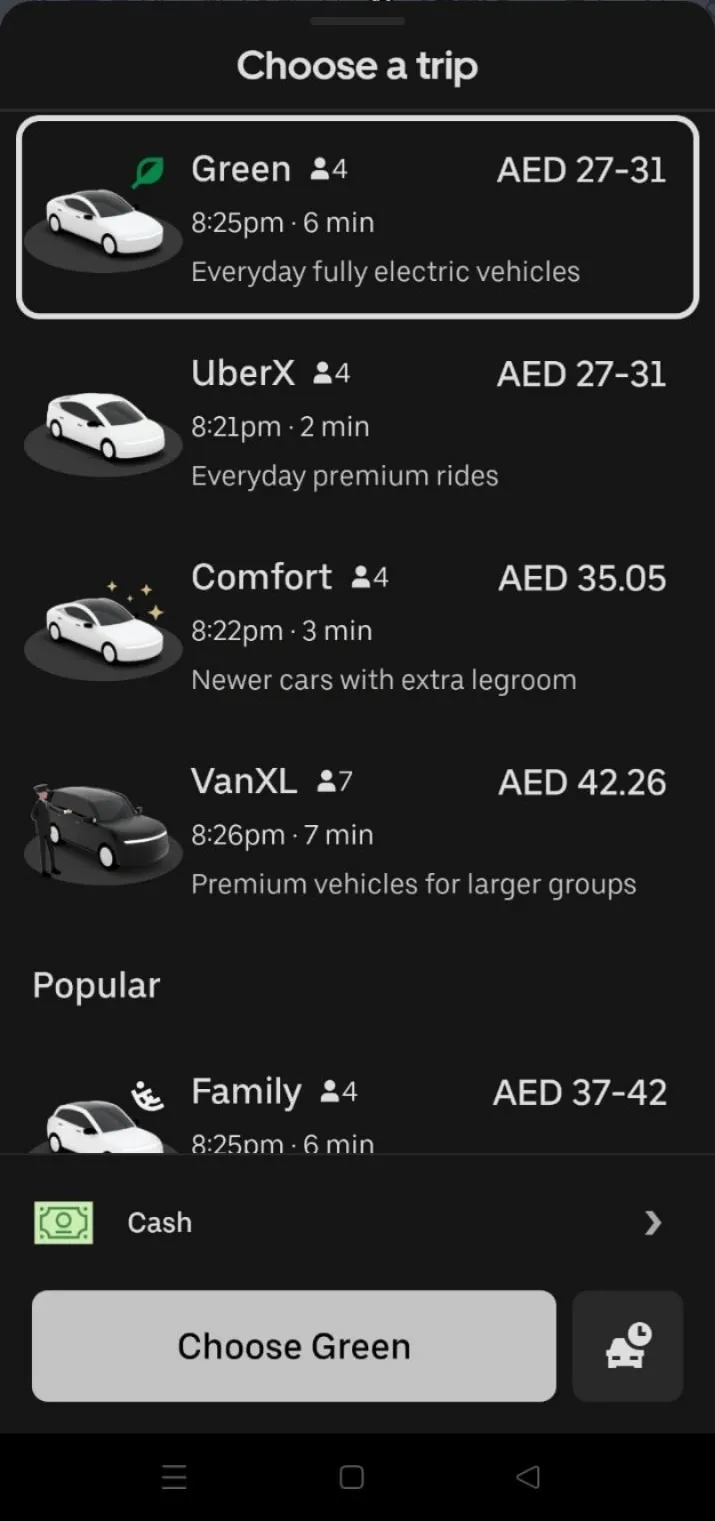
7. Ride History
Passengers as well as drivers can access the history of the previous journeys they made in detail. This contains dates, routes, rates, and mode of payment. The fact that the user can see the ride history enables them to monitor their spending on travel and look back at past travel.
It also makes it easier to resolve any disputes or questions about past rides. In the case of drivers, the ride history helps them to track their earnings as well as observe their work patterns, which leads to financial planning.
Visual demonstrating how users can easily access detailed records of their past trips, including route maps, driver information, and timings, within their ride history.
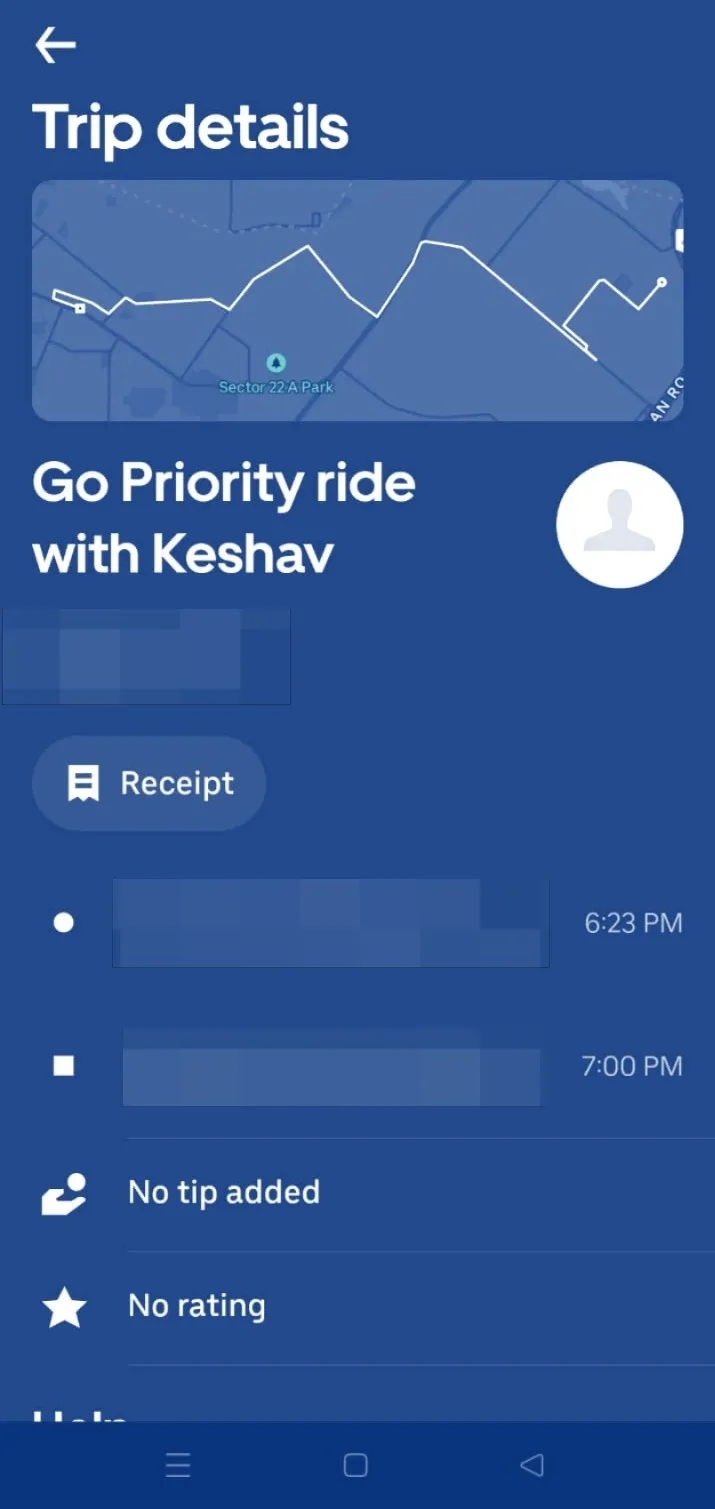
8. Rating & review
In this feature, passengers can add ratings and reviews about the driver or the ride. This rating system allows to keep the best quality of the services since it rewards good behaviour and helps to define the problems.
Reviews also give good services their reward and a touch of improvement in case of negative reviews. With time, such a system will gain a trusting reputation in society, and will also serve to make sure that the story of drivers as well as passengers is a pleasant, respectful, and safe one.
Below is an image showing how after each journey, users have the opportunity to rate their trip and driver, providing valuable feedback that contributes to the service's quality.
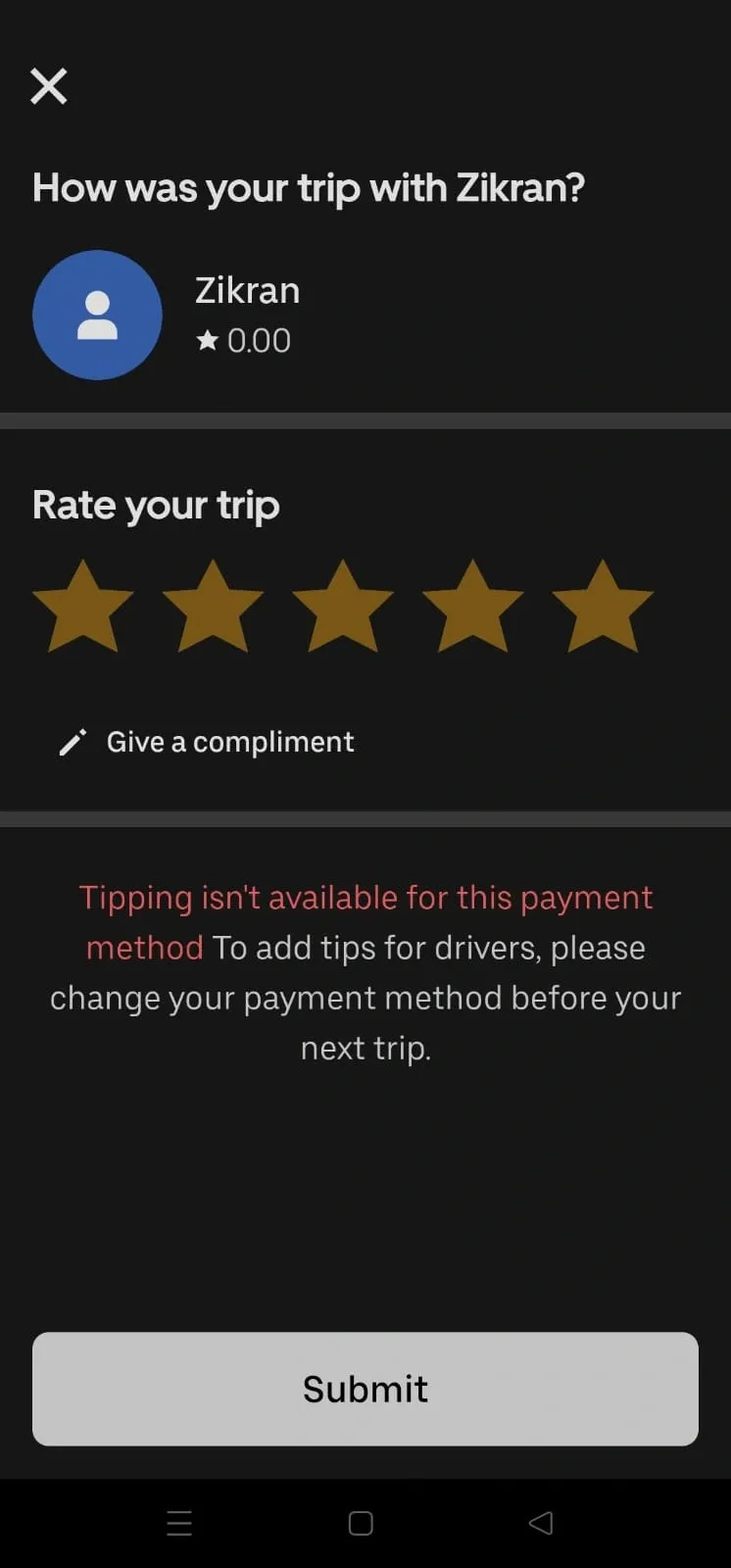
9. Admin Dashboard
The admin dashboard feature enables the business operators to manage the taxi booking platform effectively. It also offers the means of approving and onboarding new drivers, tracking bookings and payments, customer support inquiries, and dispute resolution.
Analytics and reports are available on the dashboard as well though to monitor the performance and growth of the app. Having a centralized control panel helps maintain smooth operations, improve service quality, and make informed decisions for scaling the business.
10. Safety and Support Features
The taxi booking apps should have safety functions. The SOS button is an emergency one that can be used by the passengers and drivers to seek assistance in case of necessity.
There is also the option of sharing trip information with close contacts to enhance safety. Also, within the application, the customer care will be available 24/7 to help in resolving any problems when on a ride.
Such characteristics assure peace of mind, as one knows that assistance is available at any time and that the users feel secure on their trip.
Here's how Uber helps you look out for your own safety and get help if you need it during your rides.
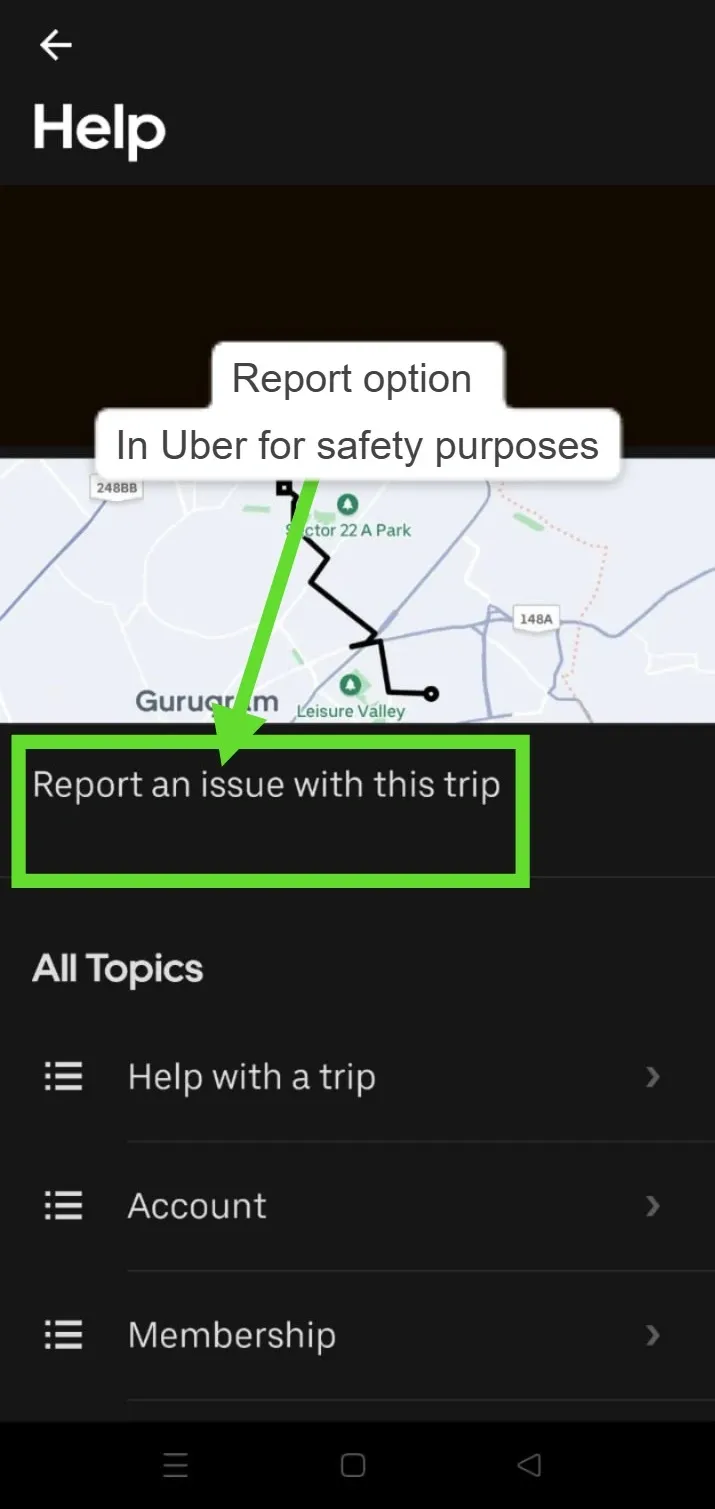
What factors influence taxi app development cost in Dubai?
1. Features and Complexity of the App
The more features you want to include (real-time tracking, support of multiple payment methods, chat inside the app, or loyalty programs), the more expensive the process of its development will be.
Simple apps that offer basics only will cost less, whereas advanced features such as AI route optimization, multi-language and flexible pricing are critical factors that will raise the price.
The additional features involve additional coding, testing and integration, which directly impacts the cost.
Here is an image showing the difference between a basic and an advanced taxi app dashboard:
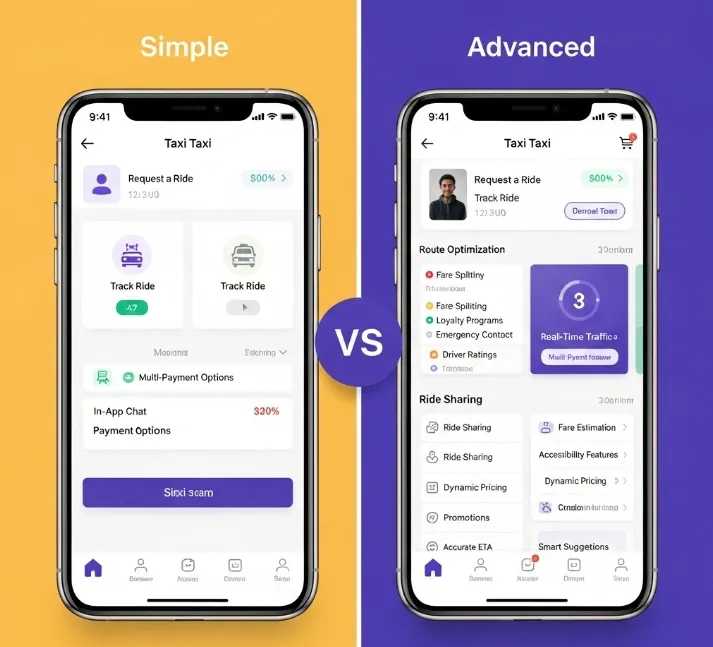
2. iOS or Android or Both
Cross-platform development for iOS and Android is more expensive than choosing one of them. This type of software development can be cheaper, but can have any number of limitations to performance compared to native applications built for a specific platform.
Choosing the native apps on both sides will make the budget more significant, yet bring the guarantee of improved usability and credibility.
The more the platforms, the more development and maintenance are required out and so the cost is high.
3. Design and Marketing
Using custom designs, branded visuals, and a user-friendly interface requires more design time and expertise, which increases the overall budget.
Basic design based on a template with fewer costs, however possible to not become recognizable in the competitive market of Dubai.
Advanced UI/UX is good because it has a positive effect on user retention, which increases the cost. The more personal and refined the design, the greater the price.
This image shows the difference between an advanced and simple UI/UX of a taxi app.
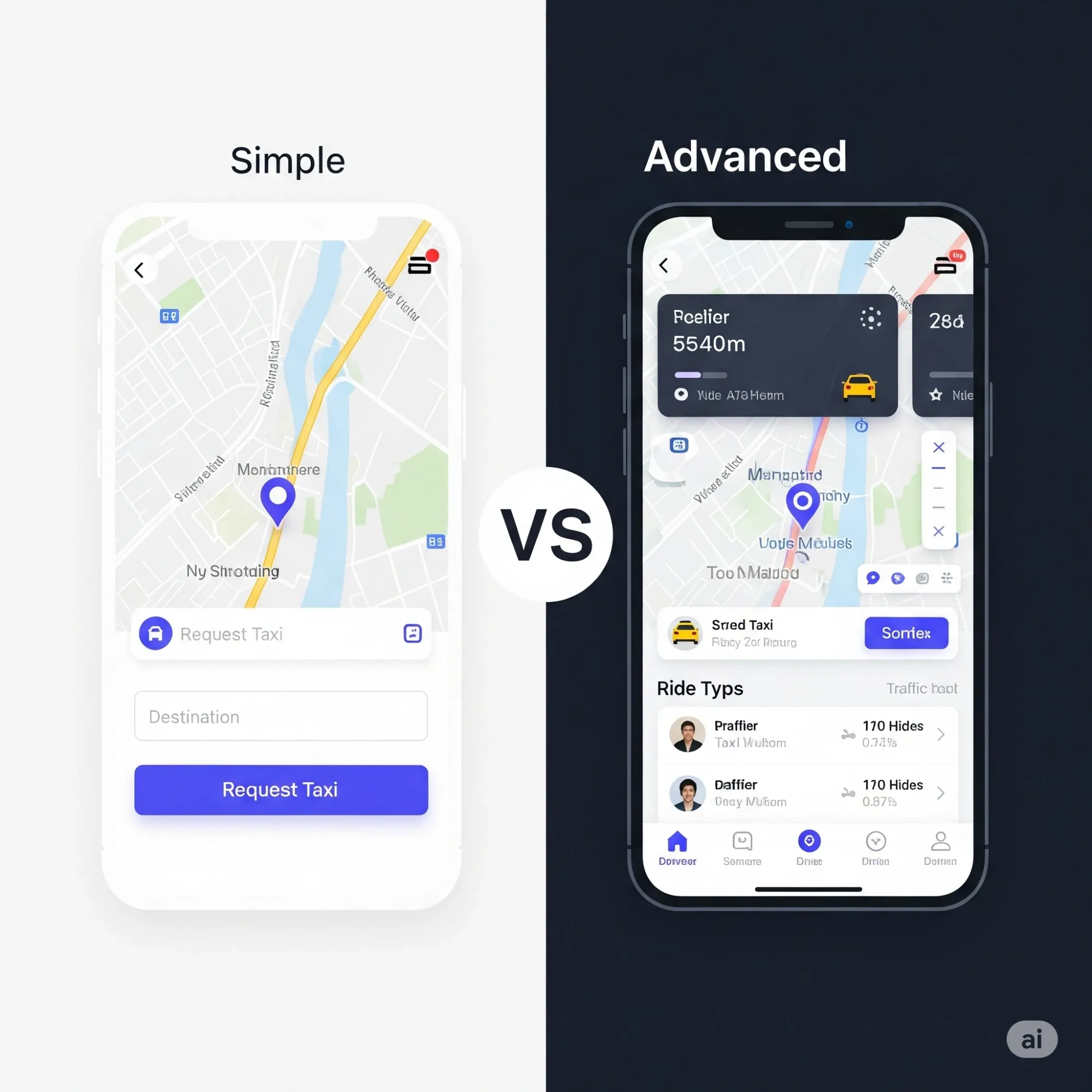
4. Third-Party Integrations
The external services, such as payment gateways (Stripe, PayTabs), maps (Google Maps), or SMS gateway, increase the cost of development.
Each integration involves additional licensing, setup, and testing. These integrations are important to a functional app, but they end up adding to the cost of creation as well as maintenance. The more integrations mean higher upfront and maintenance costs of the app.
5. Language Support and Localization
The development of support for two languages (Arabic and English), along with setting up local payment systems and making cultural adjustments for the UAE, makes the development process longer and more complex.
It is a requirement for the Dubai market, but it increases the cost because of additional design, translation, and testing activities. An increase in several languages and local features implies an increase in development costs.
This diagram outlines how language support and localization directly impact app development time and cost.
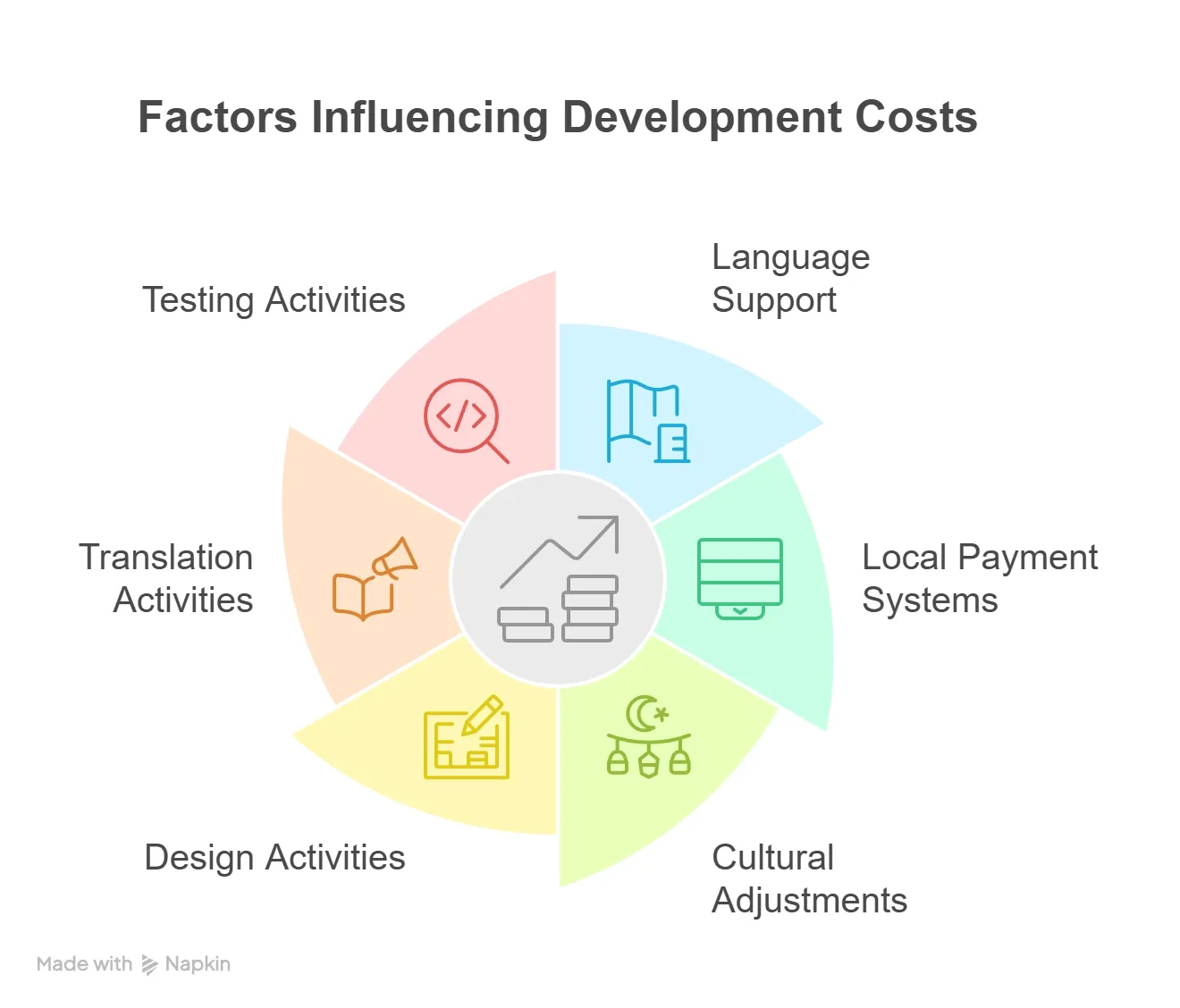
6. Scalability and Infrastructures
If you expect your app to grow quickly or handle many users, you’ll need a strong backend and cloud setup to keep it running smoothly.
This means extra investment today, but secures you with the sense that the app will increase with your business. Scalability planning adds to the initial costs but can avoid costly redesigning in the future. Greater scalable architecture comes at a greater initial cost.
7. Compliance and Security
The introduction of such functions as SOS buttons, background checks of drivers, and the ability to securely process payments adds more steps to the development process and increases the costs associated with them.
These are important in gaining quality user trust and regulatory compliance in Dubai, still they involve additional coding, testing, and sometimes certification. Increasing costs generate more security and legal requirements.
Here’s a visual demonstrating how the app ensures compliance and security by providing clear channels for users to report various issues, including safety concerns, directly.
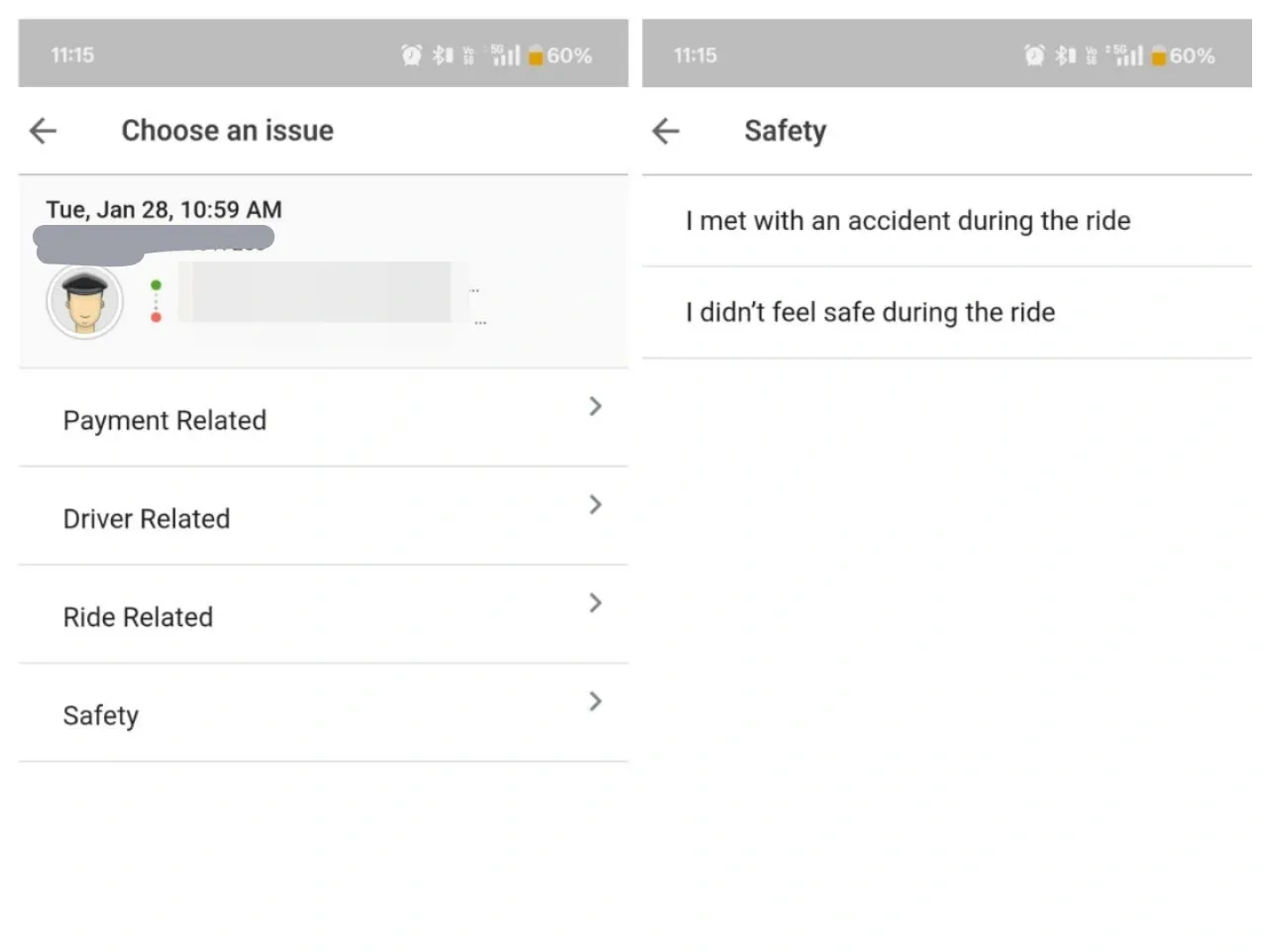
8. Development Team Bases and Skills
Contracting a local team based in Dubai is normally expensive as compared to outsourcing to cheaper rates. However, local teams better understand local rules and user needs, which can help avoid costly mistakes.
Teams based in the UAE or with more experience often charge higher fees, adding to the overall project cost. If you want any guidance, you can reach out to us.
Taxi Booking App Development Cost in Dubai (2025)
The cost of taxi booking app development in Dubai ranges from AED 100,000 to AED 400,000 (about $27,000 to $110,000) for a standard app, while advanced, enterprise-level solutions with features like RTA integration and analytics can exceed AED 800,000 ($220,000+). These figures reflect local UAE market rates, the need for regulatory compliance, and the high quality of development expected in Dubai.
👉 Check out this mobile app development cost guide to understand how to budget your taxi app effectively.
This graph illustrates the cost difference between standard and advanced taxi booking app development in Dubai.
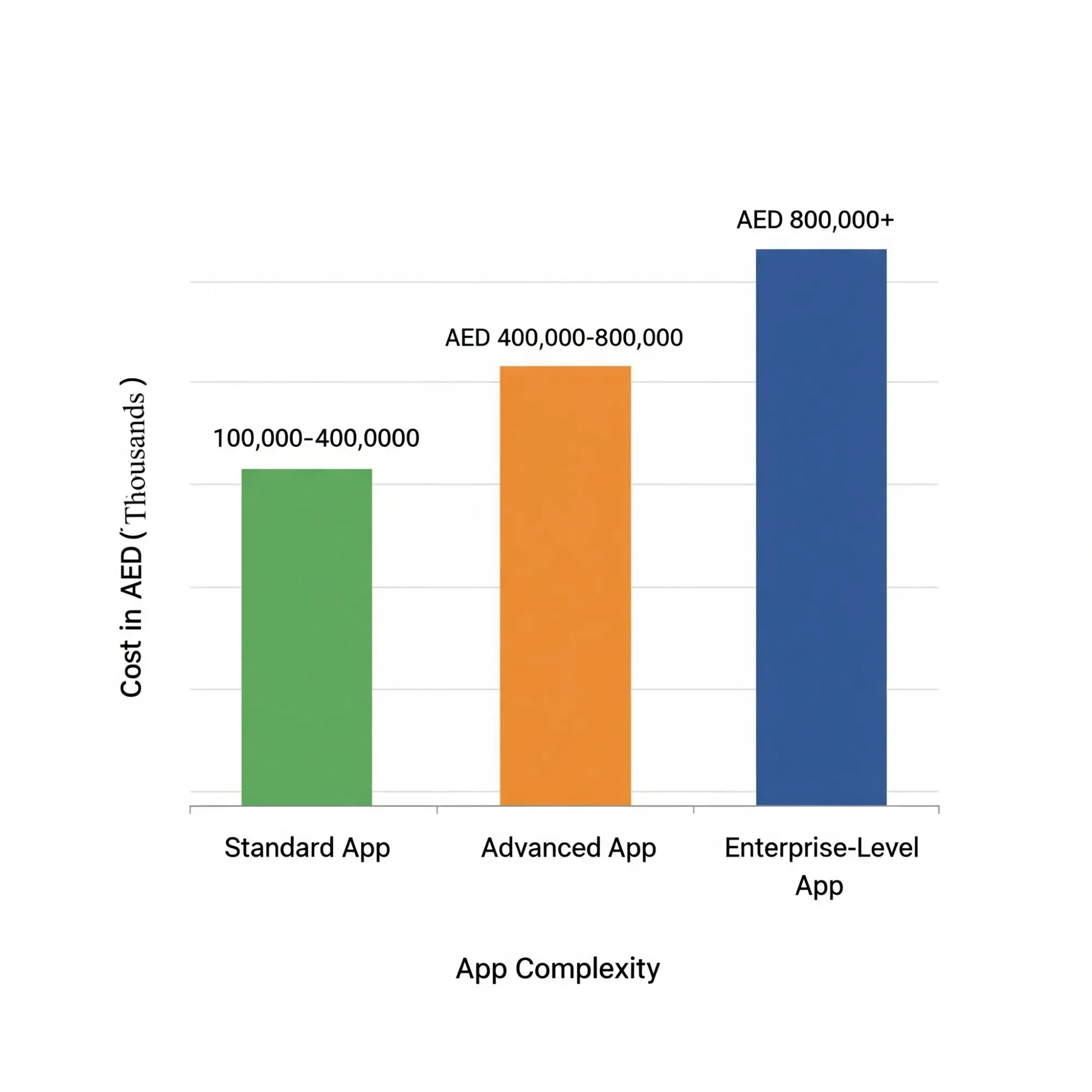
Here are the developer hourly rates, licensing requirements, and other UAE-specific considerations to factor into your budget:
Developer Hourly Rates in Dubai:
Most Dubai-based app developers charge between $20–$100+ per hour (AED 74–370), with higher rates for senior or specialized talent.
Here is an image showing different pricing for creating a Mobile app by the developers on Upwork:
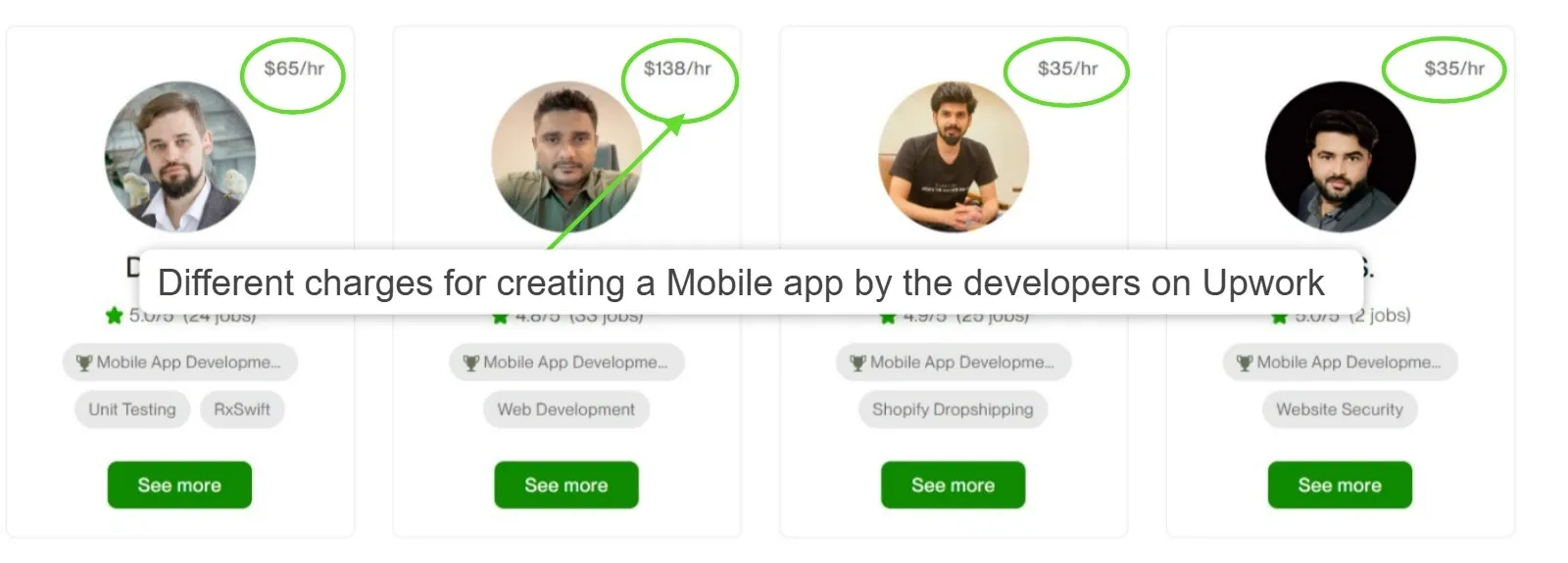
Regulations and Licensing Requirements:
Here are some basic yet important regulations and licenses required before launching a taxi application in Dubai:
- Commercial Transport License: This is the one to consider when operating any passenger transport service, like app-based taxis.
- Business Licence: To operate in the country, you have to receive a business license issued by the Department of Economic Development of Dubai (DED).
- RTA Registration and Permits: You have to register your business with the Roads and Transport Authority (RTA) and obtain vehicle and driver permits. These are the registration of the company, vehicle approvals, and operational licenses.
- Vehicle Standards: Every vehicle should also conform to the RTA regulations, i.e., age restriction, GPS-tracking, and fare meters.
- Driver Qualifications: Drivers should possess an authentic UAE license, a clear RTA background as well as certification of the approved driver training.
- Insurance: Motor vehicle insurance (comprising hiring liability insurance and personal injury cover) must be taken out not only on any particular automobile but also on any person who controls a particular automobile as well.
- Data Protection Compliance: It is important to comply with the UAE data privacy and security laws, which may involve investing in a data storage that is safe and consulting a lawyer.
How much does it cost to build a Taxi booking Android app?
It usually costs between $30,000 and $80,000 (a roughly calculated equivalent of AED 110,000 to 294,000) to develop a taxi android app in Dubai, depending on your desired functionalities and the aspect of customization.
The lower range is provided by simple apps with the basic features such as reservations, GPS-tracking, and payments, whereas the higher level is represented by advanced applications with real-time analytics, RTA connection, and multi-language support.
Long-term success should also refer to maintenance, hosting of the server, and update costs to continue with.
The table below provides estimated development costs for basic and advanced Android taxi booking apps in Dubai, with figures shown in both USD and AED for clarity.
The following graph visually compares the cost ranges for developing a basic versus an advanced Android taxi booking app in Dubai, making it easy to see the investment difference between the two options.
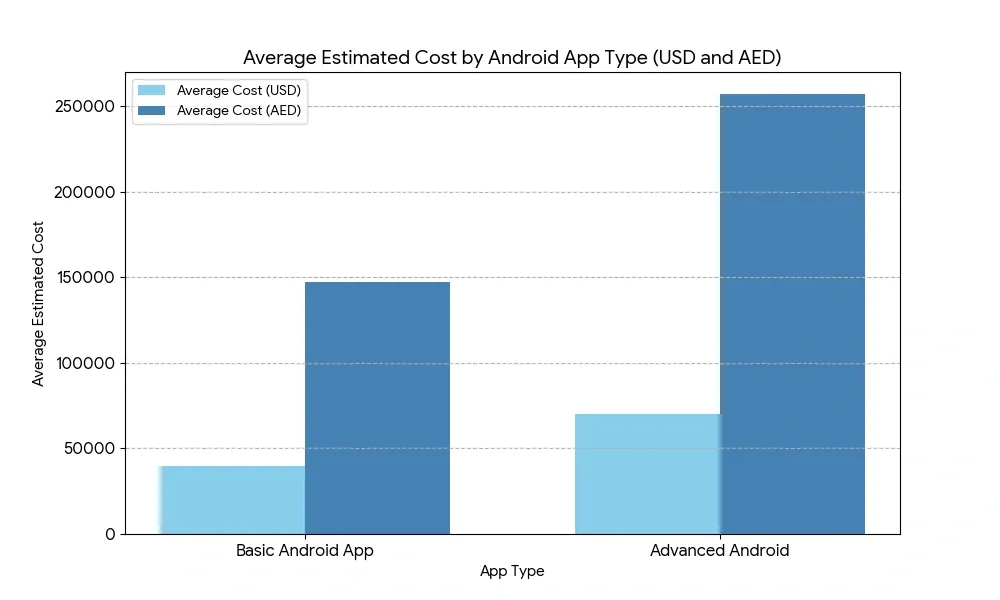
How much does it cost to build a Taxi booking iOS app?
The price of creating a taxi iOS app in Dubai ranges between $35,000 and $90,000 (approximately AED 128,000 to 330,000) and differs, of course, depending on the issues of complexity, design, and integration of the app.
Native apps developed on the iOS platform could be slightly expensive, given the benchmarks of design and testing adopted by Apple. The availability of such features as driver ratings, surge pricing, or secure payment gateways will make it more expensive, whereas a basic version with just booking and tracking features will cost much less.
👉 Explore the latest trends in the iOS app market to make informed decisions for your app’s success
The table below outlines the estimated development costs for basic and advanced iOS taxi booking apps in Dubai, provided in both USD and AED for easy reference.
The following graph visually compares the cost ranges for developing a basic versus an advanced iOS taxi booking app in Dubai, making it easy to see the difference in required investment.
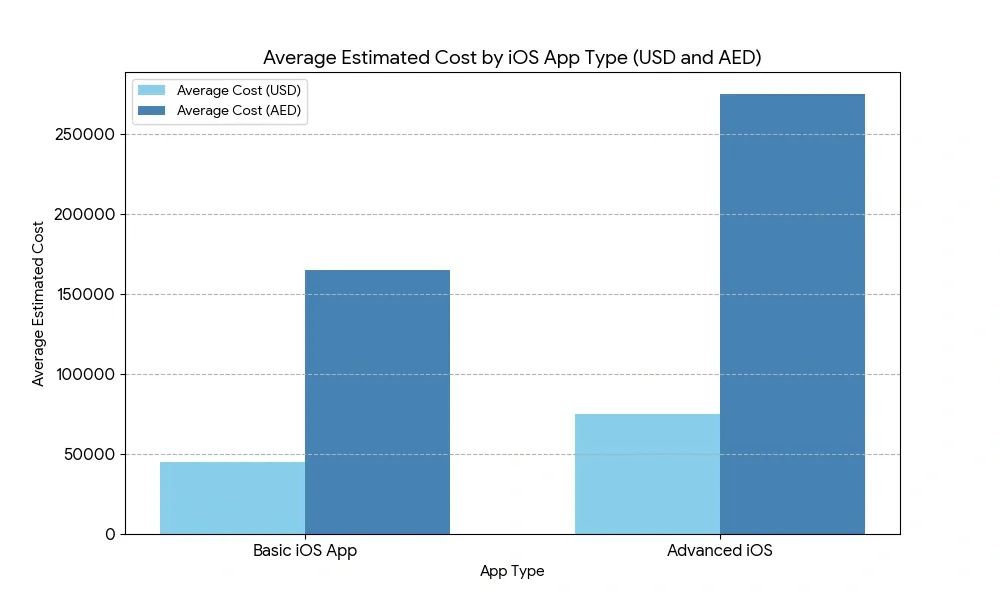
How much does it cost to build a Taxi booking desktop app?
Designing and making a taxi desktop app in Dubai is less popular and can cost between $40,000 and $100,000 (roughly AED 147,000–367,000).
At the lower end will be an admin dashboard or dispatch panel with a simple level of analytics and trip management, whereas at the higher end will be a comprehensive desktop booking and fleet management product with real-time tracking and reporting. Connection with RTA, as well as safe data processing, are other significant cost aspects.
The graph below visually compares the cost ranges for developing an admin dashboard versus a full desktop taxi booking app in Dubai, highlighting the significant investment difference between the two solutions.

👉 Learn about the cost of different types of app:
- Food Delivery App Development Cost in Dubai
- Fantasy app development cost: a complete cot breakdown
- Mobile App Development Cost: Factors and Cost Estimates
- How much does iOS App Development Cost?
- How Much Does it Cost to Develop a Mobile Banking App?
- Healthcare App Development Cost is $30K to $300K
Cross-platform vs native taxi booking app: what’s more cost-effective?
When planning taxi app development in Dubai, one of the key decisions you’ll face is whether to build a cross-platform app (using frameworks like Flutter or React Native) or separate native apps for iOS and Android.
This choice significantly affects your overall costs, development timeline, and app performance. Here’s a breakdown to help you decide what’s more cost-effective:
Cross-Platform Taxi App Development in Dubai:
- Under this, a single codebase is usually needed for both iOS and Android, reducing development costs by 30–40%.
- Faster time-to-market due to simultaneous deployment on both platforms.
- Lower ongoing maintenance costs, as updates and bug fixes are done once.
- Perfect for businesses or startups that need to keep costs low.
- Slightly lower performance and less access to device-specific features compared to native apps.
Native Taxi App Development in Dubai:
- Needs two separate codebases for iOS and Android, which increases both development and maintenance costs.
- Ensures top performance, easy navigation, and full support for device features.
- Longer development timelines and higher costs for updates and bug fixes.
- Recommended for complex, high-performance apps or when deep integration with device hardware is needed.
The table below compares cross-platform and native development approaches for taxi booking apps, helping you quickly understand their impact on cost, maintenance, time-to-market, and performance.
Why Dubai startups trust Tenet for taxi booking app development
Tenet has completed projects for over 300 clients, giving them a wide range of experience in building taxi booking and other on-demand apps.
This background helps us understand what different businesses need and how to make apps that are simple to use and reliable.
Many companies that we worked with often mention how Tenet’s team listens carefully and provides helpful guidance from start to finish, and here is a video testimonial from our client:
If you want to work with a company that has helped many businesses launch their apps successfully, Tenet is a trusted partner.
Build a fast, scalable, and RTA-compliant taxi booking app with Tenet
Build a fast, scalable, and RTA-compliant taxi booking app with Tenet

Got an idea on your mind?
We’d love to hear about your brand, your visions, current challenges, even if you’re not sure what your next step is.
Let’s talk
